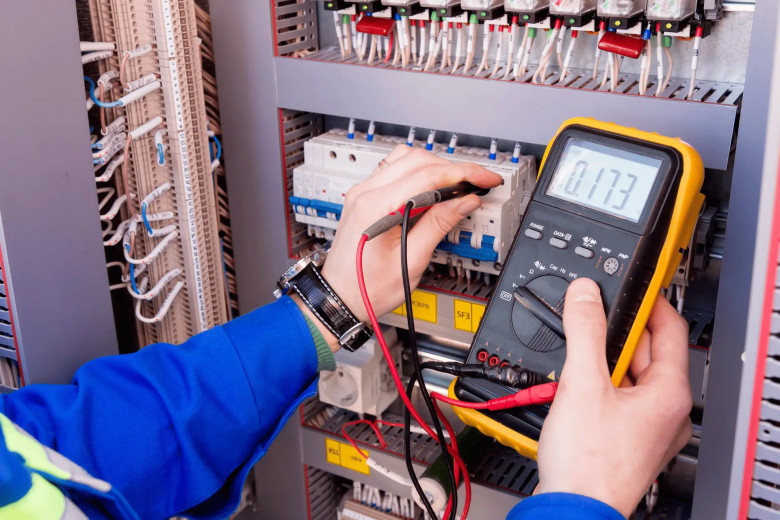views
When the sun sets, your garden doesn’t have to fade into darkness. With the right lighting, your outdoor space can transform into a cozy retreat, a functional entertainment area, or a striking landscape that showcases your home’s beauty. Choosing the right garden lighting, however, goes beyond picking a few lights from a catalogue. It involves planning, safety considerations, and understanding how light can complement your outdoor design. Here’s a practical guide to help you choose the perfect lighting for your garden.

1. Start with a Plan
Before installing any lighting, take a step back and assess your garden. Walk around at night and note the dark spots, areas of interest, and pathways. Think about how you use the space — do you entertain guests, enjoy quiet evenings, or simply want to enhance your home's curb appeal?
Draw a simple layout of your garden and highlight key zones:
-
Seating areas or patios
-
Pathways or steps
-
Water features or garden sculptures
-
Trees, shrubs, or flower beds
This plan will guide your lighting choices and ensure a balanced and effective setup.
2. Understand the Different Types of Garden Lighting
Different areas of your garden require different types of lighting. Here’s a breakdown of common outdoor lighting types and their best uses:
-
Ambient Lighting: Provides overall illumination. Examples include wall lights or hanging lanterns. Ideal for patios or decks.
-
Task Lighting: Designed to help you perform specific tasks, like grilling or reading. Spotlights and pendant lights over seating areas work well.
-
Accent Lighting: Highlights features like trees, sculptures, or architectural elements. Think of uplights, downlights, or spike lights.
-
Path Lighting: Ensures safe navigation through the garden. These are usually low-level lights that line walkways and driveways.
Using a combination of these types will give your garden both functionality and charm.
3. Choose the Right Bulbs
When selecting bulbs for your garden lights, consider three key factors:
-
Brightness: Measured in lumens. For example, 100-200 lumens is typically sufficient for path lights, while spotlights might need 700+ lumens.
-
Color Temperature: A warmer white (2700K–3000K) creates a cozy, welcoming feel. Cooler white (4000K+) is more modern and better for security lighting.
-
Energy Efficiency: LED lights are the best choice for outdoor use — they’re long-lasting, use less energy, and are available in various brightness and color options.
4. Think About Power Sources
There are several power options for garden lighting:
-
Mains-powered: Reliable and bright, but requires professional installation. Ideal for permanent setups and large gardens.
-
Solar-powered: Eco-friendly and easy to install, but may not be as bright or reliable in low-light conditions.
-
Battery-operated: Flexible and easy to move, but you'll need to replace or recharge batteries periodically.
If you’re considering a mains-powered setup, it’s essential to hire a qualified professional. For instance, if you’re in Kent, reaching out to a certified Electrician in Tonbridge ensures your installation meets safety standards and is weatherproofed correctly.
5. Focus on Key Areas
You don’t need to light every inch of your garden. Instead, highlight focal points and practical areas. Consider these ideas:
-
Uplight a tree or large plant to create drama and vertical interest.
-
Downlight a seating area from a pergola or tree branch for a subtle, moonlight effect.
-
Light steps and pathways for safety and style.
-
Use lanterns or string lights for a whimsical, inviting atmosphere.
Layering these lighting effects adds depth and avoids harsh contrasts or over-illumination.
6. Consider Safety and Durability
Outdoor lighting must be designed to withstand the elements. Check that all fixtures are rated for outdoor use and have an appropriate IP (Ingress Protection) rating. For example:
-
IP44 is suitable for most garden lights.
-
IP65 or higher is better for exposed areas or fixtures near water.
In addition to equipment durability, professional installation is vital. Electrical work outdoors is subject to strict UK regulations. If you live near South East London, hiring a local Electrician in Bromley ensures your garden lighting is safe, legally compliant, and tailored to your home’s setup.
7. Use Timers and Sensors for Efficiency
Smart lighting controls such as timers, motion sensors, and dusk-to-dawn switches not only save energy but also increase convenience and security. For example:
-
Use motion sensors near entrances for safety.
-
Install timers to automatically turn on lights in the evening.
-
Consider smart home integration if you want to control lights remotely via your phone.
8. Blend Style with Function
Garden lighting should complement your landscape and home’s architecture. Choose fixtures that match your exterior style — from sleek modern bollards to vintage lanterns. Conceal cables and avoid over-lighting. Sometimes, less is more.
Final Thoughts
Choosing the right garden lighting isn’t just about aesthetics — it’s also about functionality, safety, and long-term value. Whether you want a cozy escape, a safe path, or a stunning nighttime view, careful planning and professional installation are key. Consulting experts like Electrician in Tonbridge or Electrician in Bromley can help you avoid common mistakes and achieve a setup that enhances your outdoor space year-round.
With the right approach, your garden can shine — even after the sun goes down.






















Comments
0 comment